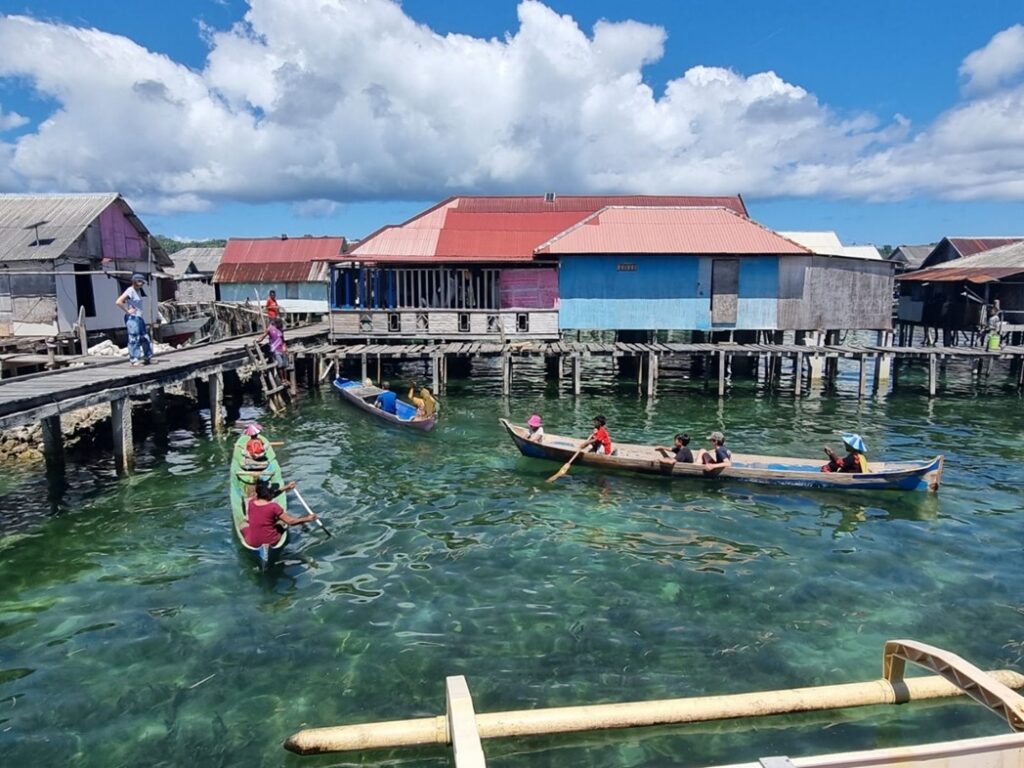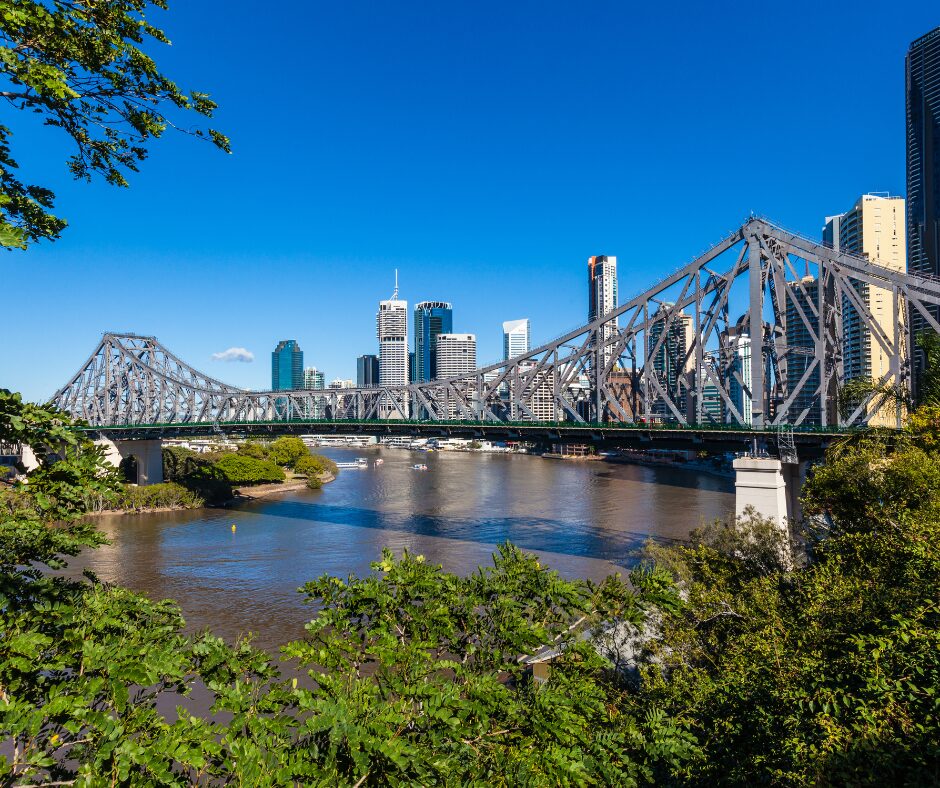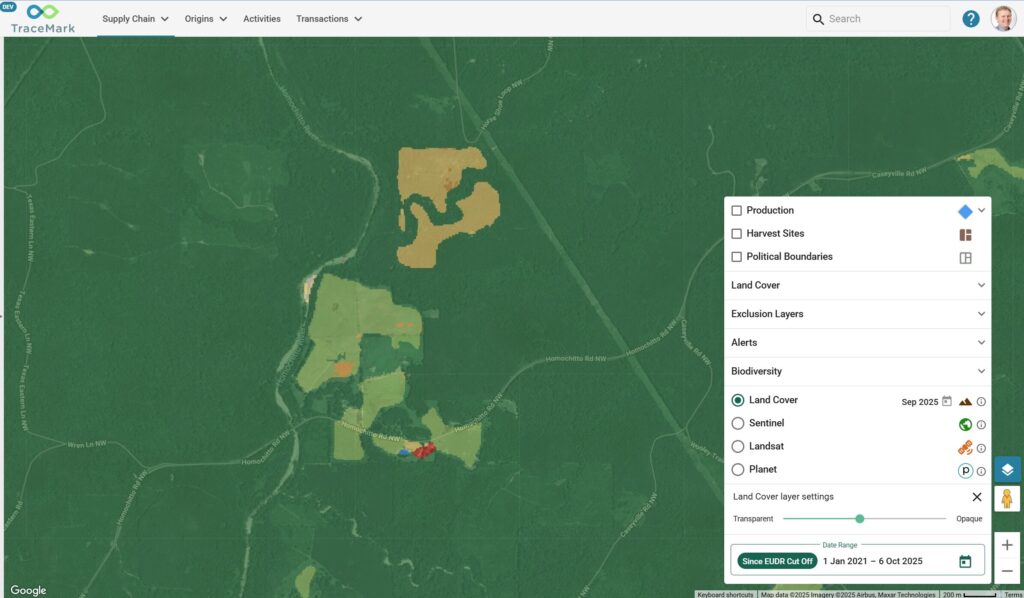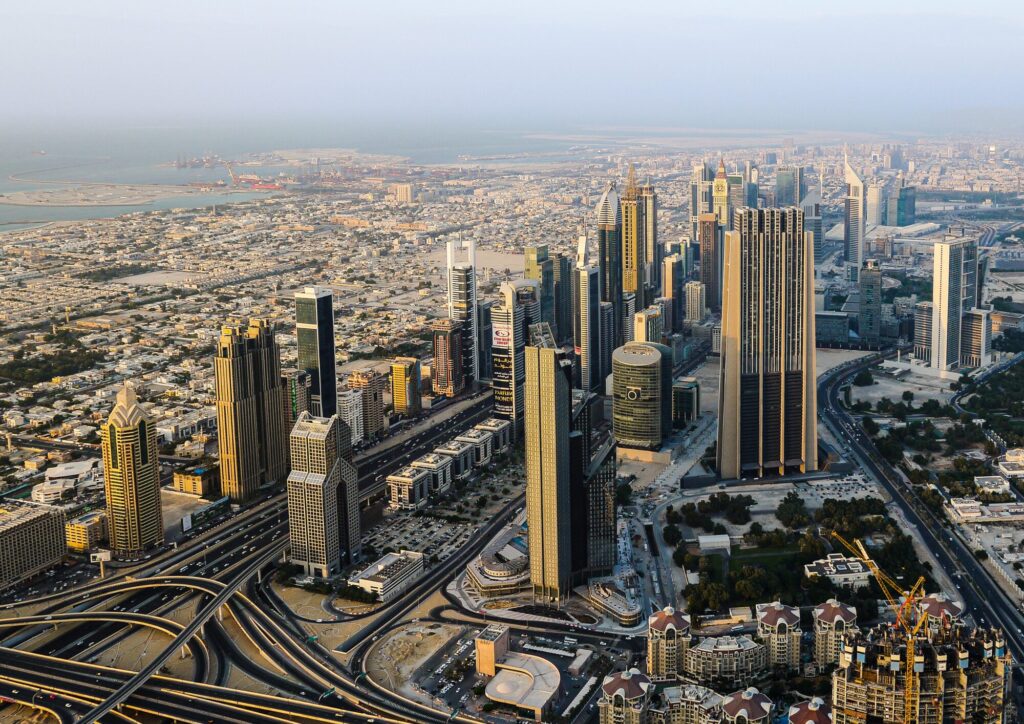Aussies help neighbours most at risk from rising seas

For the first time, Pacific Islanders living in Vanuatu can visualise how their homes, neighbourhoods – and even popular Australian tourist spots – will be inundated by rising sea levels driven by climate change.
The Coastal Risk Vanuatu website, created in Australia and launched globally today, charts low-lying coastline of a number of Vanuatu islands and is free to use. It incorporates cutting-edge Google technology and local tidal data to map exactly how rising sea levels will encroach on homes, villages and beaches under three scientific scenarios.
This includes the nation’s harbourside capital of Port Vila (where the majority of cruise ships dock), Mele Island (a popular tourist destination known to many visitors as “Hideaway Island”), Vanuatu’s second largest city Luganville and the remote island of Melakula whose economy primarily relies on agriculture.
Try the tool: Coastal Risk Vanuatu
Vanuatu is home to more than 280,000 people and is a popular Australian tourist destination with thousands of visitors arriving on their shores each year to snorkel, fish, dive and relax. Last year, the nation was devastated by Cyclone Pam which killed 15 people, destroyed or damaged more than 17,000 buildings, cut off communication for many of the islands and directly impacted more than half the population.
NGIS Australia’s Nathan Eaton said residents of Vanuatu were already on the frontline of climate change, and need as much information and assistance as possible to help them prepare for what was to come.
“Vanuatu is already coping with the impacts of climate change, but science tells us worse is to come. In planning for this individuals, communities and governments need as much information as possible so they can target their efforts to wherever needs it most. For example, it’s not practical to build sea walls around entire islands and our web mapping tool provides decision makers with the ability to protect the communities most at risk.
Many Australians who have visited Vanuatu can also go online to better understand how their favourite holiday spots will be altered.
“The Coastal Risk Vanuatu website will build awareness regarding the challenges that Vanuatu faces with climate change, and will ultimately lead to more effective decision making,” Director General of Climate Change Vanuatu Jesse Benjamin said.
“Building on the technical capabilities drawn from Australian research agencies, we now have the ability to accurately map coastlines to understand the impact of changing sea levels”, said Dr Nathan Quadros, CRCSI.
“Given our previous work in the Pacific Islands and the strong ties we have developed in the region, it is fitting that we extend our knowledge and expertise to vulnerable coastal communities, governments and NGO’s. Through this easy-to-use sea level rise visualisation tool Vanuatu will have access to the best information for their coastal adaptation planning”.
Coastal Risk Vanuatu was developed by NGIS Australia and CRCSI and builds on earlier work to help scope and prepare communities in the Pacific Islands for sea level rise that was pioneered by the two organisations and funded by the Australian Government. They also created Coastal Risk Australia which, similarly, charts the coastline of Australia.
Coastal Risk Vanuatu goes a step further in incorporating social media photos and UAV imagery captured during the first response recovery post Cyclone Pam in 2015 to demonstrate the value of layers during disaster recovery.
Across the globe, sea levels have risen an average of 17cm over the course of the 20th century. Scientists are forecasting sea levels will rise between 0.4–1.1m over the remainder of this century depending on how rapidly the world reduces emissions of greenhouse gases.
The Pacific Islands are among the most vulnerable places to sea-level rise in the world because they are low-lying atolls.
Visit www.coastalrisk.com.vu to find out more.
Related Articles
Here are more related articles you may be interested in.







